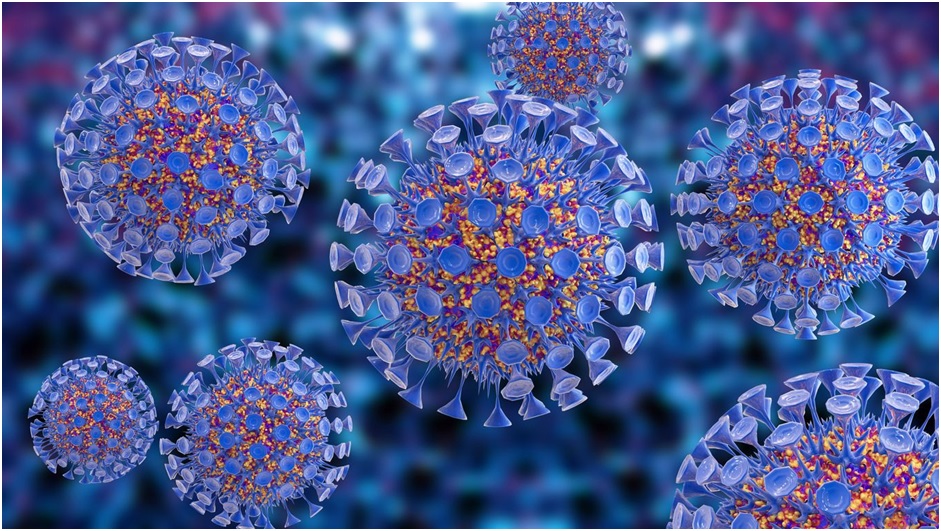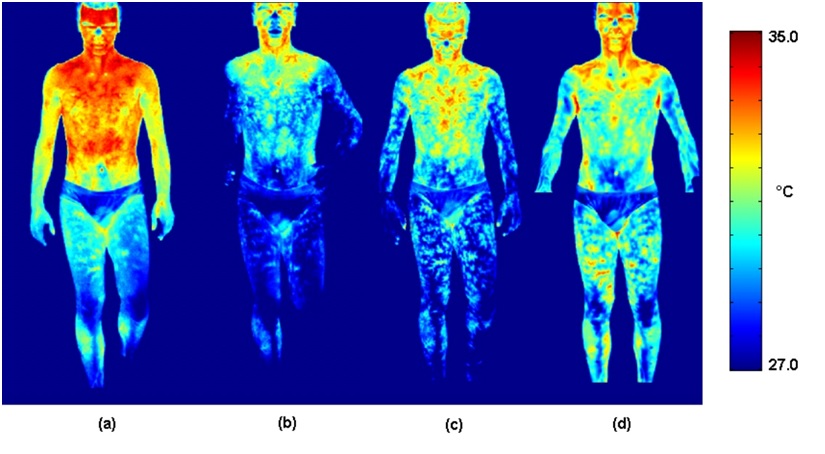About Fever Detection and Treatment in COVID-19

According to the World Health Organisation, COVID-19 was labelled as an infectious disease caused by a newly discovered virus by the name of coronavirus. First identified in 2019 in China, and the first case exposed later in the same year, now it has been stated that more than 7 million people are reported to have been infected worldwide across 180 different countries, and just over 400,000 people have died from it.
The majority of the people who get infected by the virus will suffer from a few different symptoms mainly to do with the respiratory function because it attacks this system in particular. Although people who do have any underlying illnesses such as diabetes, chronic respiratory disease or cardiovascular sicknesses, or even cancer, and are older, need to be extra careful with this as they are more susceptible to becoming seriously ill.
How This Virus Has Been Spreading
COVID-19 virus has been found to spread principally through discharge from the nose and also droplets of saliva when an infected person sneezes or coughs. The word of precaution here is to practice respiratory protocol for instance when coughing or sneezing to do it in the bend of the elbow or use a tissue.
Currently, there are no specific vaccines or treatments for the virus. There are, however, several clinical trials taking place and evaluations involving many patients already infected with it, to see if the researchers and medical professionals can come up with antiviral treatment and what will work best. This is the work of the World Health Organisation and they have been updating all organizations with any potential changes as we go along. Further information can be found on their website here.
Common Symptoms of The Virus Reported
The government has advised that if anyone is facing any symptoms or similarities to any symptoms that they must self-isolate for a given number of days. This means staying at home and not going out for a period of between 2 to 3 weeks. In other words, a quarantine.
The other precaution that has been laid out is for people to distance themselves socially i.e. social-distancing. This means that when going outdoors, either to the supermarket or to the park for a run or exercising, one must keep at least 2 meters away from anyone else. This, according to the authorities will reduce the risk of catching it, along with wearing a mask and possibly gloves too.
Having said that, the most common symptoms that have been seen in patients who are affected arrange from:
- Either a new or a continuous cough – If you have never had a cough over the past few months and you suddenly get one or you have had a cough occasionally but it has now increased to coughing for more than just an hour or within a period of a day (24 hrs). if it feels worse than usual, it may be a symptom.

- If you have a fever or alleviated body temperature overnight – fever has been said to be the most common symptom. In other words, if you touch your chest or back and it feels hotter than normal or you get night sweats, you may have a fever. You can test it using your hands or use a temperature detection system like this one https://athena-security.com/coronavirus-detection for a more accurate reading. It has a sensor that can pick on the heat coming from the body and automatically adjusts depending on temperature conditions taking into consideration not to pick up on any surrounding light or artificial heat sources. It should be used indoors and away from any air-conditioners to avoid any false readings.
- Change of taste and smell, and also a loss of it – if you have noticed that you cannot taste food as well as you used to or your sense of smell is different or less than normal, there is a possibility of having the infection.

Things to Avoid
Apart from all the above precautions to take, other things that the public has been told to do is to wash their hand frequently with anti-bacterial or any other wash, and for at least 20 seconds at a time. The bacteria from the soap can kill the virus easily. There are also precautions to take with the things you can avoid. For instance:
Avoid eating too much junk foods and foods that cause more harm than good to your system as this is the time to strengthen the immune system to be able to fight against the infection and those with a weak immune system can either get easily sick or take much longer to recover form illnesses compared to the average person.
Having said that, also try not to smoke or drink as much as possible, these don’t help any one’s health for the better either. Turn to fruits, vegetables, nuts, and seeds when getting any cravings, instead.
Crowded public places because the chances are higher when your around other people and you could be exposed to someone who already has it and doesn’t know it yet.
Avoid public transport systems as much as possible because not only will it be difficult to stay 2 meters away from people in a confined space such as a bus or train but also because the virus can live on certain materials for long periods, like metal and cardboard. There may be instances where people may have sneezed on the railings or surrounding areas of the transport and one can either touch the contaminated area or get infected through by droplets being nearby.
Avoid listening to people who get their information from sources that are not reputable like social media, and instead, pay heed to what the local and international medical authorities are saying such as WHO or NHS and even National Health Authorities. A few of which can be found on this website.
Taking precautions as laid out for us, is the best way to deal with this. If you are helping someone, like an elderly person, for instance, make sure you are well-protected with your mask and gloves, so either you don’t get infected or you don’t infect the other person. Staying obedient at this crucial time will make a huge difference between life or death.